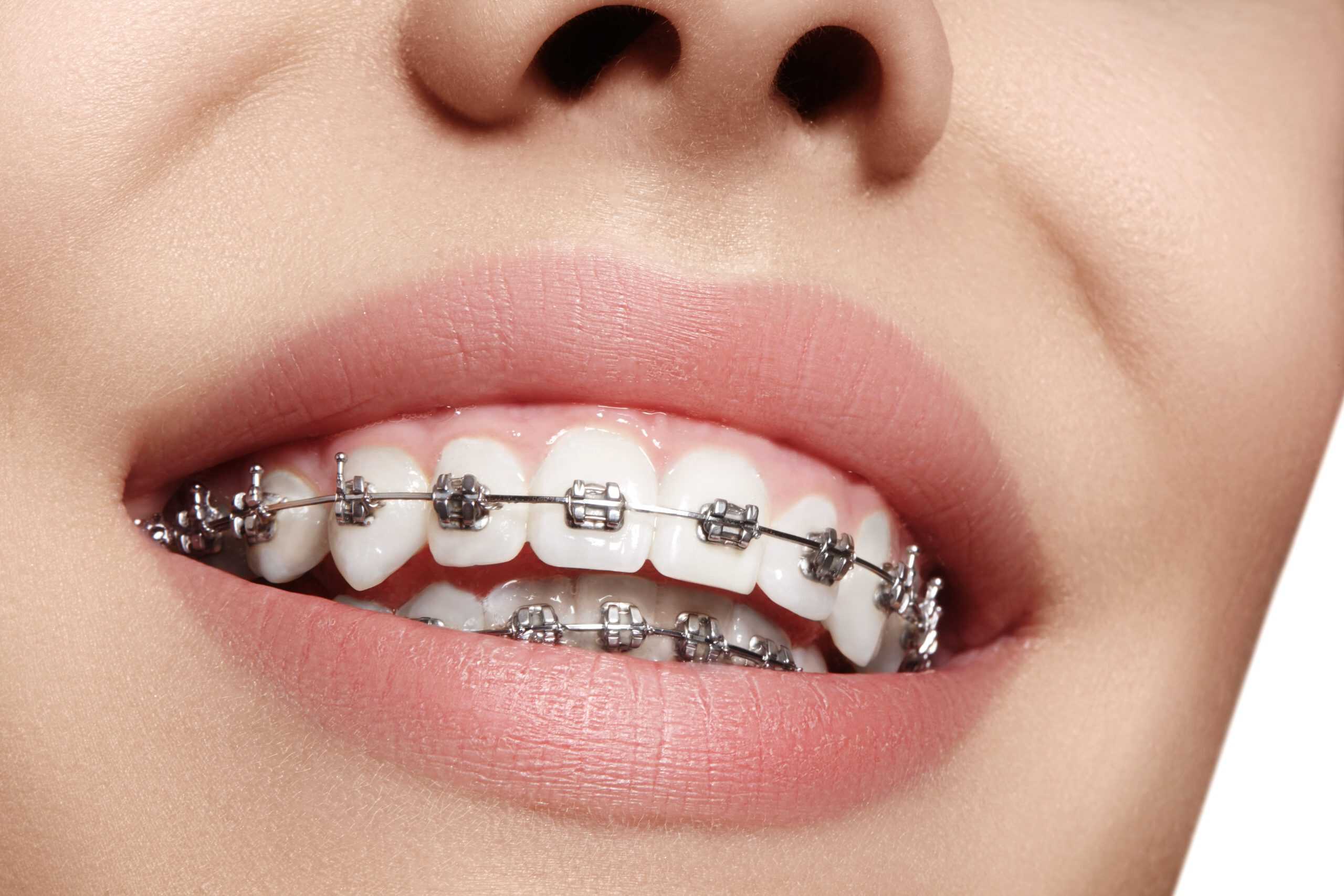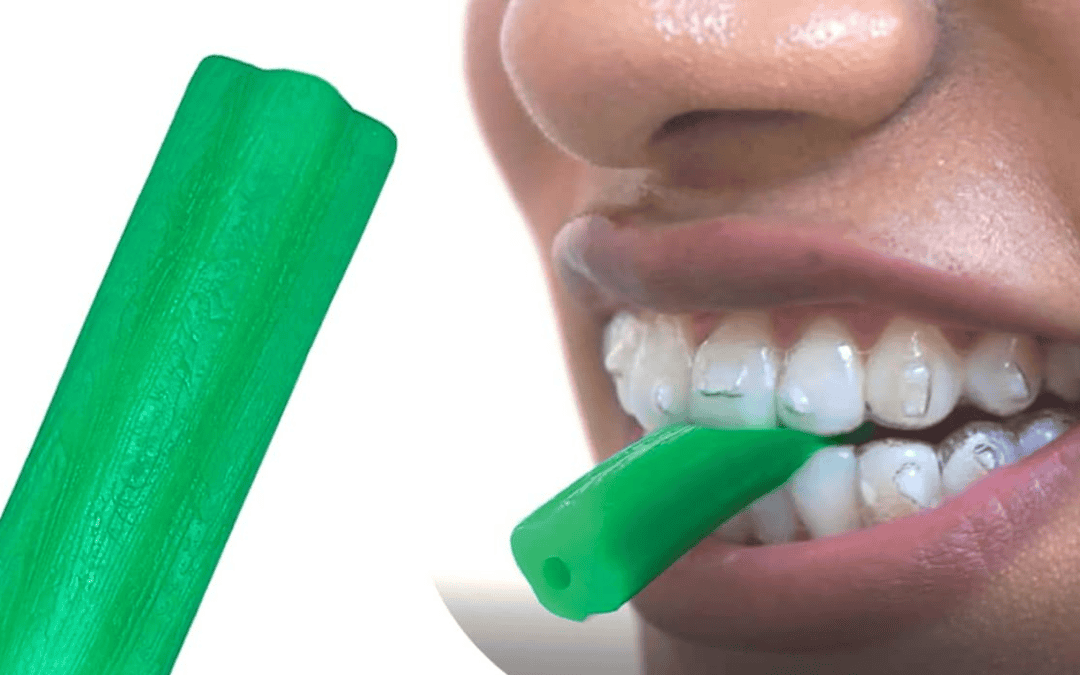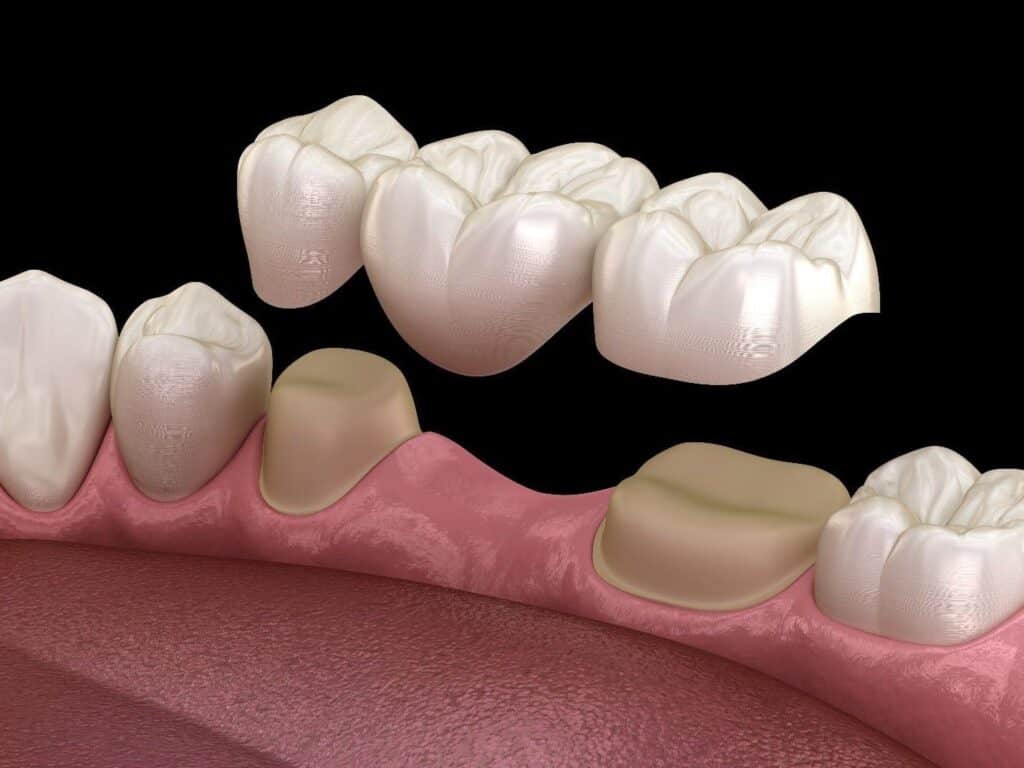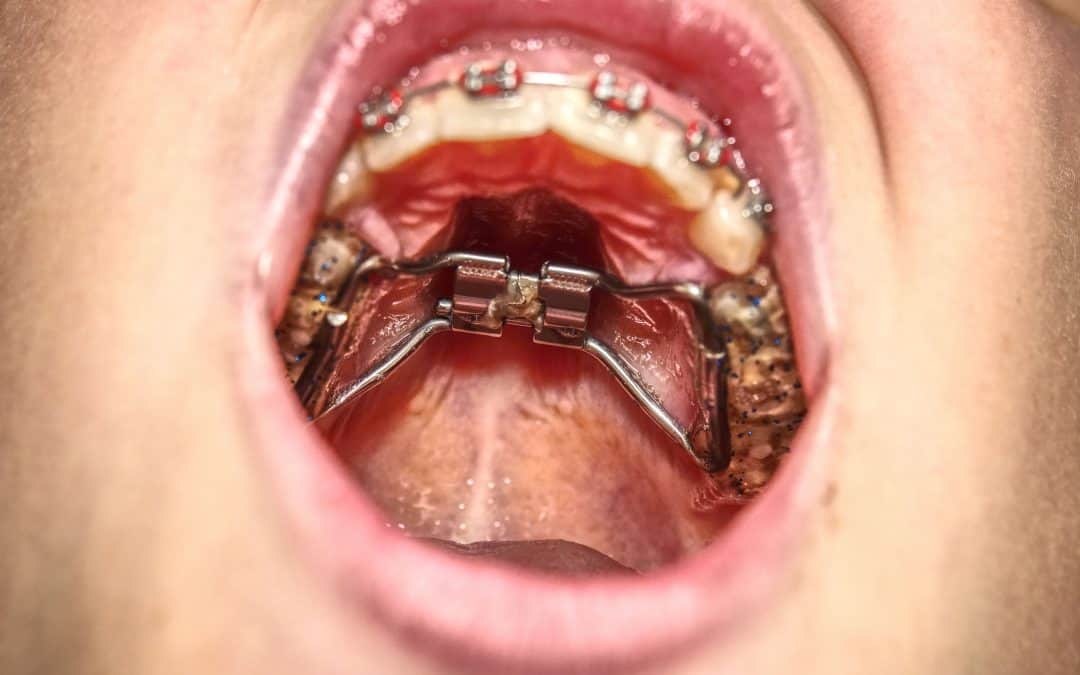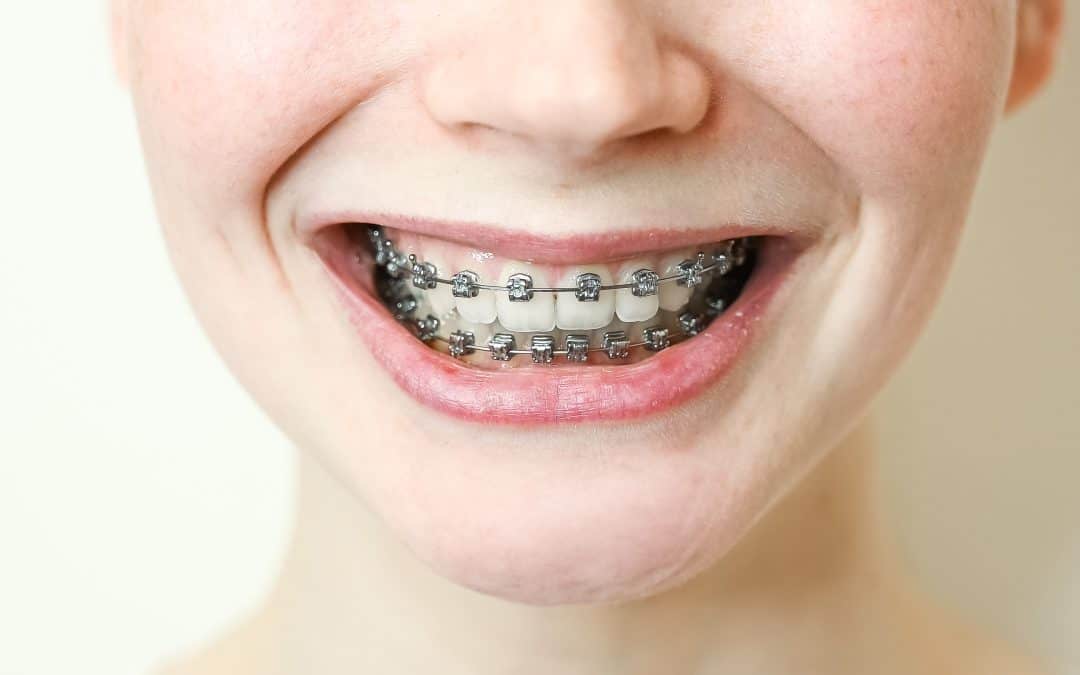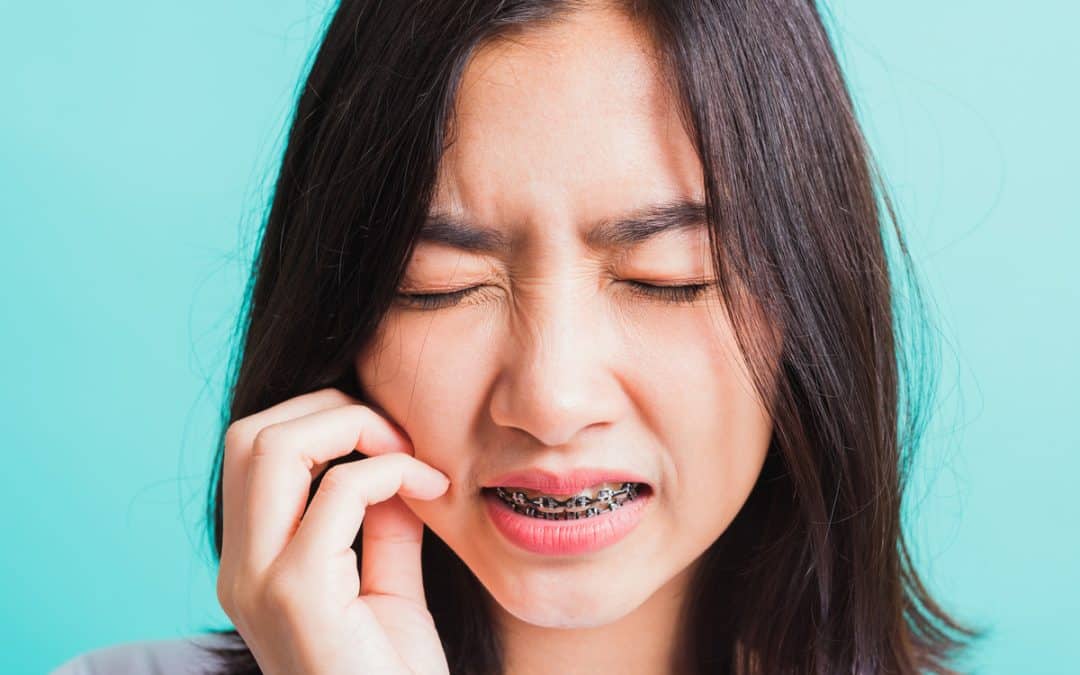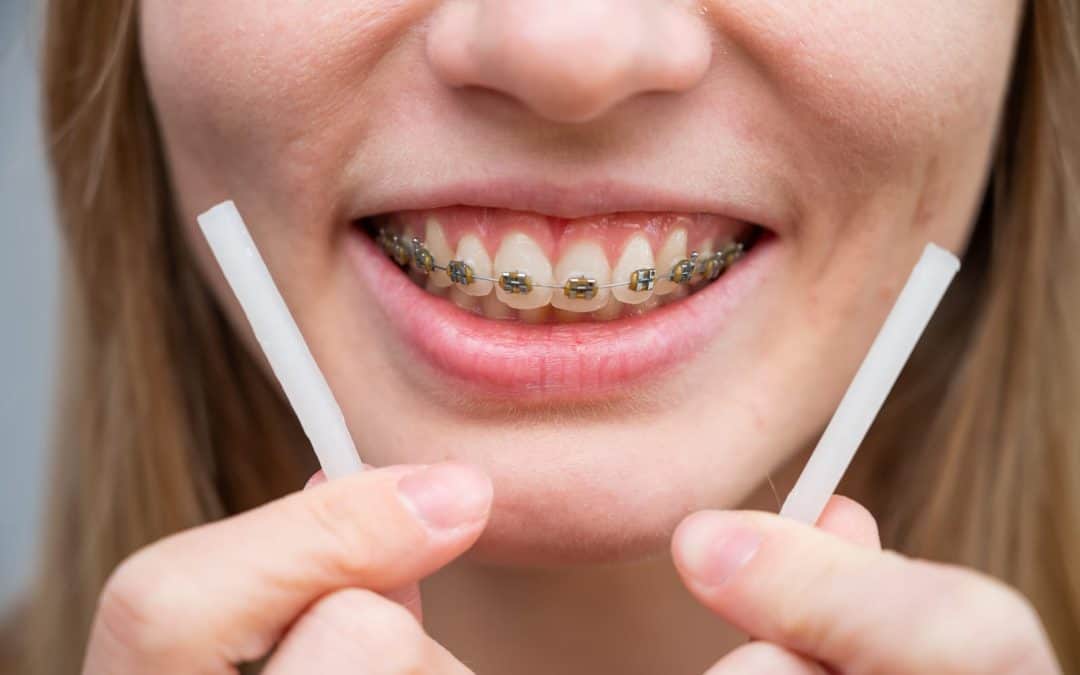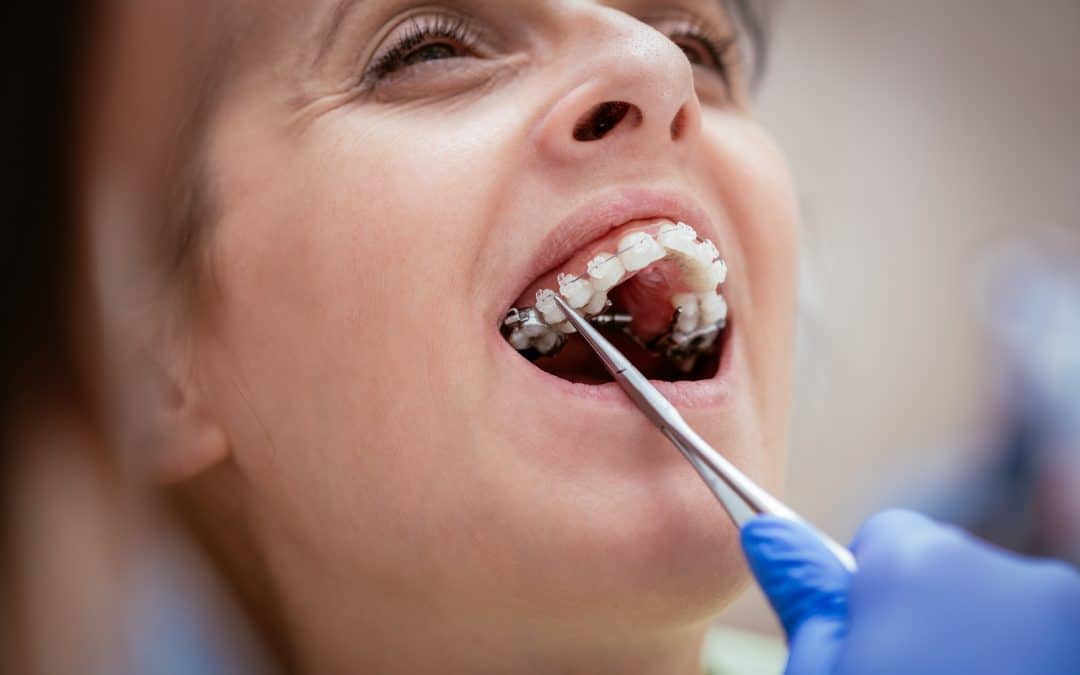A confident grin is frequently seen as one of our most precious characteristics, but for those with overjets, it may cause unease and pain. Overjet, often known as “buck teeth” or “protruding teeth,” is a dental disease in which the upper front teeth protrude horizontally beyond the lower front teeth. This misalignment may influence both the appearance and functioning of the mouth, impacting speaking, biting, and general self-esteem. Understanding the reasons and treatment options for overjet is critical for anybody looking to address this dental issue. In this detailed guide, we will look at what overjet is, how it differs from other dental disorders, the numerous treatment options available, and the necessity of early intervention in attaining good oral health and a confident smile.
Unlocking the secrets of overjet teeth: Empowering smiles through understanding and effective treatment.
What is an overjet?
Overjet, often known as “buck teeth” or “protruding teeth,” is a dental problem that may impact the mouth’s look as well as its functioning. Understanding what overjet is, its causes and potential treatments is critical for anyone looking to manage this dental condition efficiently.
An overjet is a horizontal space between the upper and lower front teeth. This misalignment may range in severity from a little protrusion to a more noticeable gap between the upper and lower teeth. In rare circumstances, the upper front teeth may protrude far beyond the lower front teeth, causing cosmetic difficulties and practical issues.
Use of Overjet Braces
Overjet braces are used as orthodontic equipment meant to correct a horizontal protrusion of the upper front teeth beyond the lower front teeth, often known as an overjet. These braces function by gently moving the teeth into appropriate alignment, correcting the overjet. Traditional overjet braces are made up of metal brackets and wires. However, newer options like transparent aligners provide a more discrete choice for people looking for a less noticeable treatment method.
What is Overjet Treatment?
Overjets are often treated with orthodontics to straighten the teeth and jaws. The particular treatment strategy is determined by various criteria, including the severity of the overjet, the patient’s age, and any underlying dental disorders. Early intervention, especially throughout infancy, is often advised to assist healthy jaw growth and avoid more severe malocclusions from forming.
Orthodontic treatments for overjet might include:
Traditional braces consist of metal brackets and wires that use moderate pressure to gradually shift the teeth into the desired position. To help with jaw alignment, persons with substantial overjet may utilize extra appliances such as headgear or elastics in combination with braces.
Transparent Aligners:
In recent years, developments in orthodontic technology have provided more discrete choices for overjet therapy, such as transparent aligners. These custom-made plastic trays gradually shift the teeth into alignment without the need for metal brackets or wires, providing a more cosmetically acceptable alternative for those who are afraid to wear conventional braces.
Surgical Intervention:
In extreme situations when orthodontic therapy alone is insufficient to address the overjet braces, surgery may be required to realign the jaws and achieve ideal bite alignment. This often entails collaborating with an oral surgeon to address underlying bone abnormalities that contribute to the overjet.
Diagnosis of Jaw Overbite
Overjets are usually diagnosed by a complete dental examination by a trained orthodontist or dentist. The dental expert will evaluate the alignment of the teeth and jaws, take X-rays to study the underlying bone structure and discuss the patient’s medical history and concerns. This comprehensive evaluation aids in determining the severity of the overjet and the most effective treatment strategy.
Is Overjet the same as Overbite?
While both overjet and Overbite entail misalignment of the teeth and jaws, they pertain to distinct disorders. Overjet is explicitly defined as the horizontal protrusion of the upper front teeth beyond the lower front teeth. In contrast, an overbite, often known as a deep bite, occurs when the upper front teeth overlap the lower front teeth vertically. While these are different diseases, it is pretty rare for people to have both an overjet and an overbite at the same time, necessitating extensive orthodontic treatment.
What Causes An Overjet?
Overjets may be caused by a variety of events, including:
Genetics:
Dental development is heavily influenced by inherited factors such as jaw size and tooth alignment. Individuals who have family members with overjets may be more susceptible to developing the problem themselves.
Thumb Sucking:
Prolonged thumb sucking or pacifier usage during childhood may influence tooth development and jaw alignment, possibly leading to an overjet.
Underlying jaw issues:
Irregularities in jaw size or position, such as a tiny lower jaw or an overdeveloped upper jaw, may cause an imbalance and lead to overjet.
Habitual Behaviors:
Certain oral behaviours, such as tongue pushing or mouth breathing, may put pressure on the teeth and cause misalignment over time.
Poor Oral Hygiene:
Inadequate oral hygiene habits, such as failing to brush and floss on a regular basis, may lead to tooth decay and gum disease, exacerbating pre-existing dental problems such as an overjet.
Addressing the underlying reasons for an overjet is critical to successful treatment and long-term dental health. Orthodontic treatment, along with lifestyle changes and adequate oral hygiene, may help people attain a more harmonious smile and better dental function.
In the Nutshell
To summarize, an overjet is a frequent dental ailment defined by the horizontal protrusion of the top front teeth. While it may affect both looks and functions, there are many treatment options available to address the misalignment and restore appropriate tooth and jaw alignment, such as braces, clear aligners, and surgical intervention. Seeking early evaluation and management from a trained dental expert from the Dental Health Clinic is critical to adequately treating an overjet and attaining the best oral health results. By offering the best services, the professionals help treat the overjet teeth like a pro.

